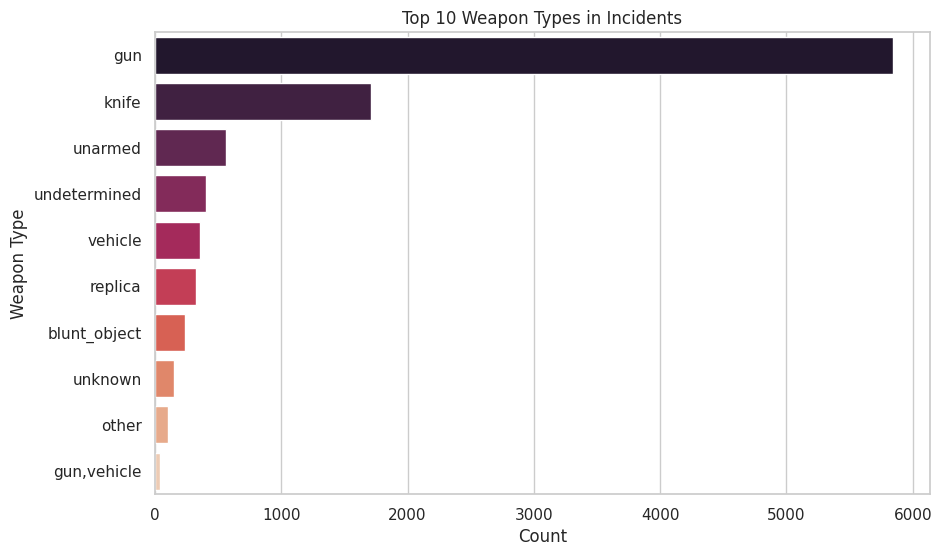It was my first day of Advanced Mathematical Statistics class, taught by Gary Davis. The class started of as Gary began calling out the names of students from a sheet of paper, and there he goes calling out the first name, ” who is Chandrakanth? “, yeah it was me! , I raised my hand and answered, “its me sir”, and he asked me that whether my first name is “Fnu” and I said yes. He replied as it is interesting to have two people in the class with their first name as “Fnu”. Then he continued calling out everyone’s name.
Gary gave us a brief introduction to the course by presenting his screen to us, where he showed us the course texts, course structure, how the assessments are structured and how it works, academic integrity etc.
After that, Gary asked us to create our own WordPress site where we would post our journals throughout the course. This was a bit of a surprise, but it made sense because it would allow us to track our progress and share our thoughts on what we were learning.
Next, Gary gave us a dataset of the Washington-Post-police-shootings. We were asked to analyze it and come up with questions based on the data. The idea was to really dive into the dataset and think critically about it. We were told to prepare our questions and ask them when we were ready.
As everyone started working with the dataset, many students asked interesting questions about patterns and trends they noticed. When it was my turn, I asked Gary a question that had been on my mind: “On what basis is a person considered mentally ill, if the person is already shot dead?”
He responded by sharing his own life experience which I don’t want to share here. His story made me realize that even though statistics are important, it cannot capture the full human experience behind the data.
Overall, the class was really interesting. I have learned that statistics is not just about numbers, it is about understanding the bigger picture. I am looking forward for the next class on thursday.






